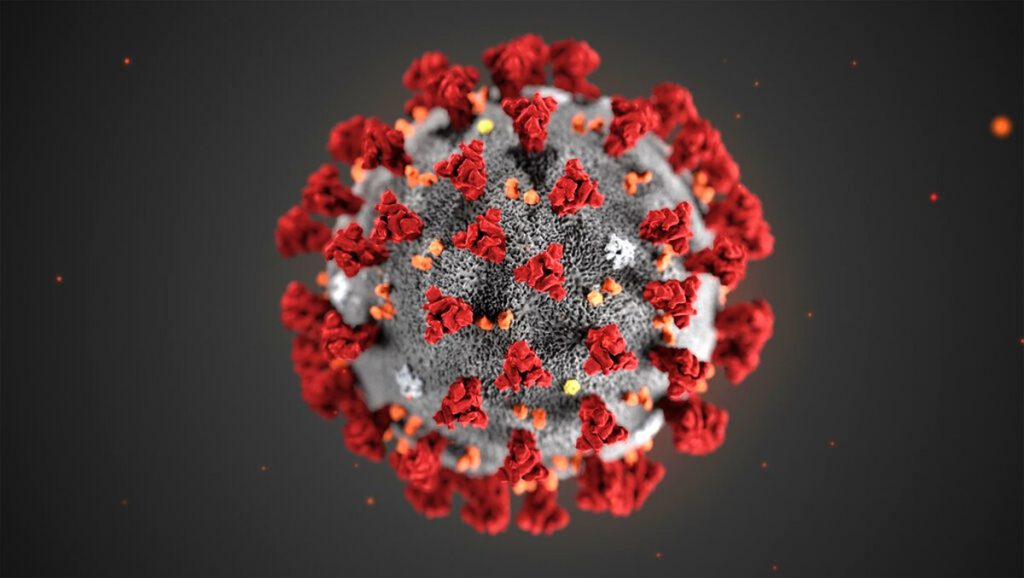Wastewater Testing Suggests COVID-19 Waning
Wisconsin one of 37 states using sewage analysis as early warning system.
The federal government’s widely-used online tool to track the COVID-19 pandemic now includes something most wrinkle their nose at — but which can be helpful in determining how much disease there is in a community: wastewater.
Wisconsin has been analyzing wastewater during the pandemic for signs of COVID-19 since December 2020 and recent signs point to the pandemic potentially losing some steam. Fewer people are testing positive and many municipal sewer treatment plants around the state are showing lower levels of COVID-19 or moderate increases. Hospitalizations and new infections may have gone down but are still high, state health officials caution.
Throughout the pandemic, health departments have looked at testing and hospitalizations to get a sense of how widespread the virus is in a community. But sewage surveillance has advantages over those two indicators. It provides information sooner, and not everyone with COVID-19 gets tested or goes to the hospital.
But wastewater has its limitations. While everyone goes to the bathroom, their feces may not end up in a municipal sewer system, meaning any potential data is lost.
Wastewater surveillance is how four states first detected the omicron variant, according to a Centers for Disease Control and Prevention January report detailing efforts in New York, California, Texas and Colorado.
While the Wisconsin State Laboratory of Hygiene has been tracking COVID-19 in wastewater since early in the pandemic, it is still fine-turning the ability to do genomic sequencing of specific variants, according to spokesperson Jan Klawitter.
Wastewater is being analyzed for COVID-19 in 37 states at 400 testing sites around the country, according to the CDC. As of Friday, that information is available on the CDC’s COVID-19 Data Tracker.
And eventually scientists will look for more than just COVID-19 in wastewater.
By the end of 2022, Kirby said the national surveillance system will start collecting data on other pathogens, including e-coli and the emerging Candida auris.
In Wisconsin, the state Department of Health Services, state Hygiene Lab and University of Wisconsin-Milwaukee are exploring new ways to use wastewater to monitor influenza and certain strains of bacteria that are resistant to antibiotics. These new approaches are in the very early stages but will be developing over the coming months, said Dr. Jon Meiman of DHS’ Bureau of Environmental and Occupational Health.
Listen to the WPR report here.
Wastewater surveillance a helpful tool in detecting new COVID-19 variants was originally published by Wisconsin Public Radio.
More about the Coronavirus Pandemic
- Governors Tony Evers, JB Pritzker, Tim Walz, and Gretchen Whitmer Issue a Joint Statement Concerning Reports that Donald Trump Gave Russian Dictator Putin American COVID-19 Supplies - Gov. Tony Evers - Oct 11th, 2024
- MHD Release: Milwaukee Health Department Launches COVID-19 Wastewater Testing Dashboard - City of Milwaukee Health Department - Jan 23rd, 2024
- Milwaukee County Announces New Policies Related to COVID-19 Pandemic - David Crowley - May 9th, 2023
- DHS Details End of Emergency COVID-19 Response - Wisconsin Department of Health Services - Apr 26th, 2023
- Milwaukee Health Department Announces Upcoming Changes to COVID-19 Services - City of Milwaukee Health Department - Mar 17th, 2023
- Fitzgerald Applauds Passage of COVID-19 Origin Act - U.S. Rep. Scott Fitzgerald - Mar 10th, 2023
- DHS Expands Free COVID-19 Testing Program - Wisconsin Department of Health Services - Feb 10th, 2023
- MKE County: COVID-19 Hospitalizations Rising - Graham Kilmer - Jan 16th, 2023
- Not Enough Getting Bivalent Booster Shots, State Health Officials Warn - Gaby Vinick - Dec 26th, 2022
- Nearly All Wisconsinites Age 6 Months and Older Now Eligible for Updated COVID-19 Vaccine - Wisconsin Department of Health Services - Dec 15th, 2022
Read more about Coronavirus Pandemic here





















